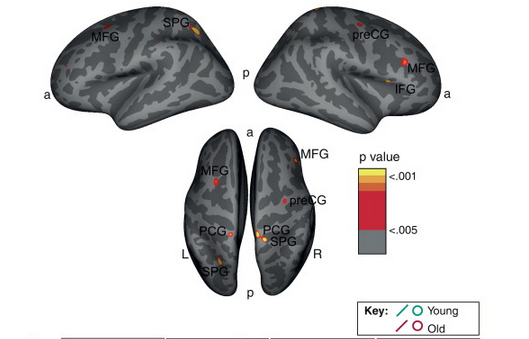Posted by Nodus Labs | May 14, 2012
Memory and Youthful Brain Structure

According to the recently published article Memory Ageing and Brain Maintenance (Trends in Cognitive Sciences, May 2012), cognitive interventions designed to help adults maintain memory capacities when ageing should aim at maintaining, and possibly restoring, youthful brain structure and functions. That is, rather than expecting that training will evoke novel brain responses in older adults, interventions may improve performance by reducing or remediating age changes in various aspects of brain physiology.
We find this research very interesting in relation to the studies of how human brain neural network structure evolves with age (see Sporns 2010 for an overview). It has been shown that young adults tend to have clearly defined distinct communities of neurons that are well connected globally. With age, these communities change in structure, separating into the smaller ones and generally the overall connectivity between them increases. According to this research on memory ageing, the cognitive tasks which aim to maintain segregation between various neuronal clusters within the brain could be potentially effective in preventing memory loss. We are interested, however, what other capacities emerge when the structure of neural network changes with age. Maybe the loss of memory is accompanied with an increase capacity in other cognitive tasks, which have not been given sufficient relevance in previous research. We would like to see more studies that use different criteria for evaluating cognitive performance.

